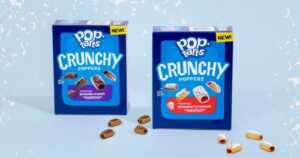We’ve all been there: you look in the fridge for dinner ingredients only to find that some of the produce you were planning on using has now gone bad. Even with all the best intentions in the world a spoiled veggie is not going to provide nutrition for you. In order to avoid the so-called “aspirational vegetables” that never see the dinner plate, storing them correctly is crucial. Here are some food storage myths that we’re busting today so that you can actually use the groceries in your kitchen before they turn.
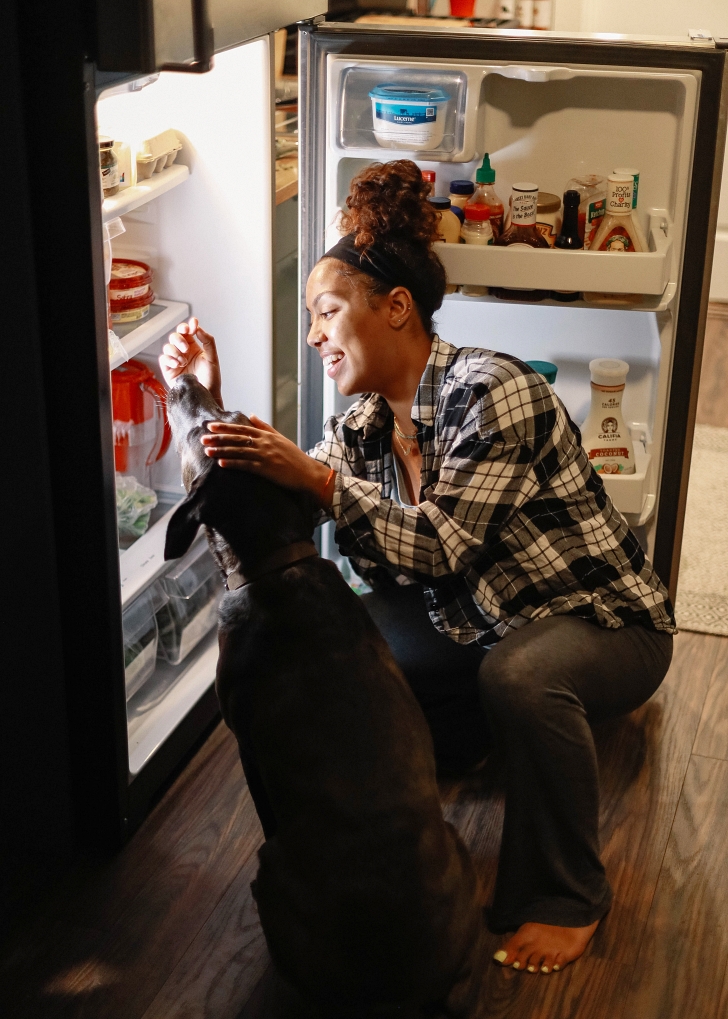
7) Keeping the Seed in Avocados
There is common belief that gets spread around that keeping the seed inside a halved avocado will make it stay fresh longer. This is partially true but not for the reasons some may think. I’ve heard about folks who keep the pit in their guacamole to keep it fresher as well, but this doesn’t actually work.

The only reason that the pit might keep a halved avocado fresh is that where the pit makes contact with the flesh no oxygen can get to it to turn it brown. It is far more effective to spray the remaining avocado with lemon juice, or cover it in plastic wrap. Or you can place the avocado (sans seed) cut-side down on a plate in the fridge until you’re ready to use the rest of it.
6) The White Stuff on Baby Carrots
Many people think it’s mold that appears on baby carrots when they’ve been sitting in the fridge for a while. But, this is not usually the case. Most of the carrots sold in grocery stores under the name of baby carrots are not actually young carrots. Instead, they are normal-sized carrots that have been cut down to look cuter and be easier to eat. In order to keep the cut carrots from going bad they are sold “wet”. When you get them home they can dry out, leading to the white cast you see on these itty bitty carrots. To avoid this simply rinse or soak the carrots with water and the moisture will make them normal again.
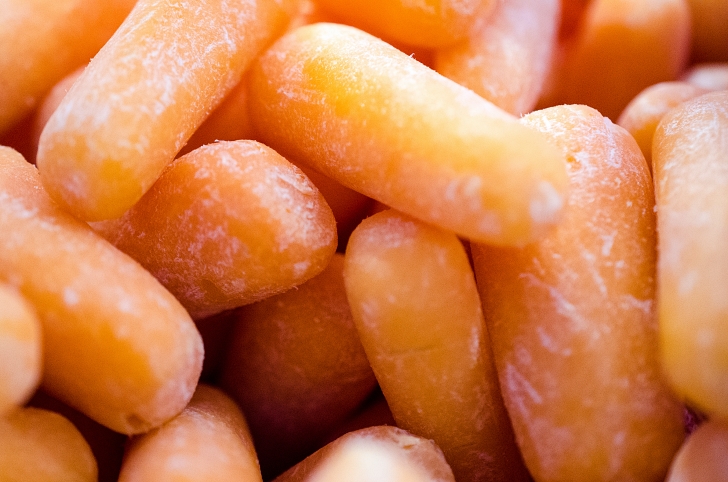
There are young carrots that simply harvested before reaching full size that are the original baby carrots, but these are harder to find since the cut and bagged ones are more common.
5) Are Frozen Veggies Less Nutritious?
You may have heard that frozen fruits and veggies lose their nutrition when frozen, but this is not exactly true. Each produce item reacts differently to being frozen. In studies of these foods some had increased nutrients after being frozen, while some nutrients in other foods were diminished.
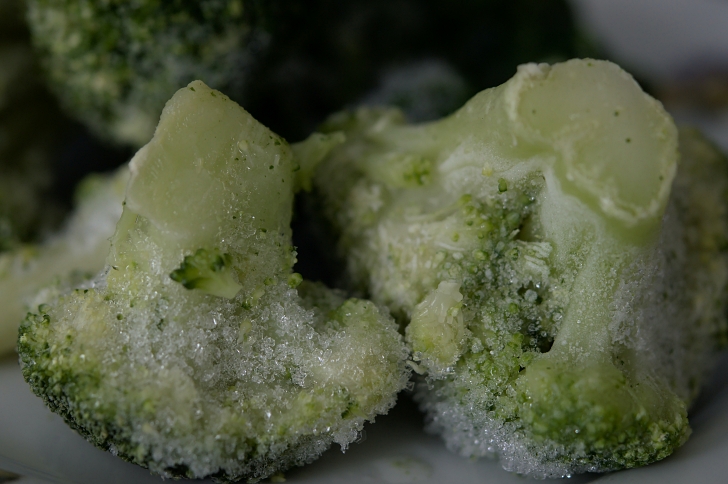
However, an overall, significant loss of nutrients was not found in the research, showing that they are about as nutritious as fresh vegetables (more or less).
4) Honey Expiration Dates
If you look on your package of store-bought honey you’ll see a “best by” date. However, honey doesn’t actually spoil. Honey is low in water, high in sugar, and also contains hydrogen peroxide- all of which act to preserve this golden sweetener. In the beehive honey is what’s fed to baby bees, so those anti-bacterial properties work well in keeping them from getting sick in such tight quarters.
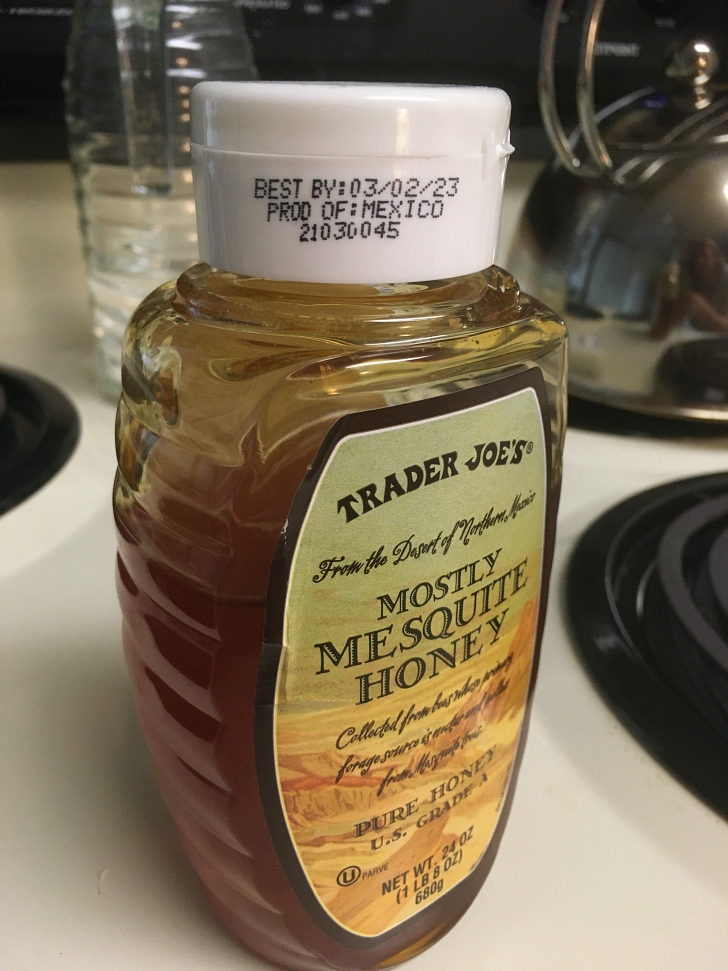
Honey that is well-sealed is known to last for years, sometimes even millennia. Pots of ancient honey were discovered in Egypt that were still perfectly edible despite being thousands of years old! Honey will crystallize though and can do so pretty rapidly. This does not affect the usability and can be solved by heating the honey up and stirring.
3) Don’t Try Your Luck With Green Potatoes
If you were raised to not waste food like I was then you no doubt have been tempted to simply cut around the sprouts and green parts of potatoes. But, it turns out that they actually contain toxins that can give you severe symptoms. The green parts of a potato contain solanine which can cause diarrhea, low body temperatures, headaches, and/or vomiting if consumed. Potatoes grown too close to the surface are more likely to turn green and cooking does remove the toxin.
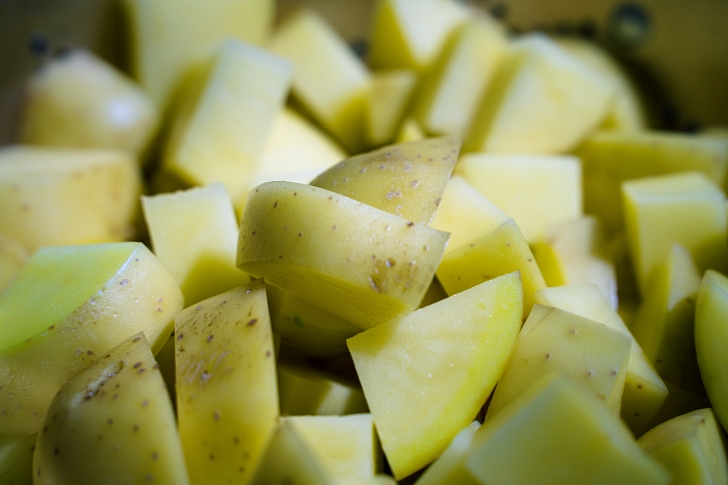
The sprouts and eyes on potatoes contain glycoalkaloids, which can also cause gastrointestinal upset as well as heart problems. To avoid sprouts store your spuds at room temperature or (slightly below) and away from light.
2) Do All Veggies Need to Go in the Fridge?
There are lots of vegetables that, unless it’s super hot in your home, should be fine to leave out at room temperature.

Potatoes, onions, garlic bulbs, and winter squash can be stored at room temperature away from produce (like onions and bananas) that give off ethylene gas. Mangoes, apples, pears, and bananas can be left at room temperature until fully ripe and then placed in the fridge (separated from ethylene-sensitive produce) to then slow down the ripening process.
1) Slowing the Ripening of Bananas
Contrary to what has been going around bananas don’t ripen more slowly when wrapped in foil or plastic at the stems. Multiple cooks have documented this failed hack and it simply doesn’t work.
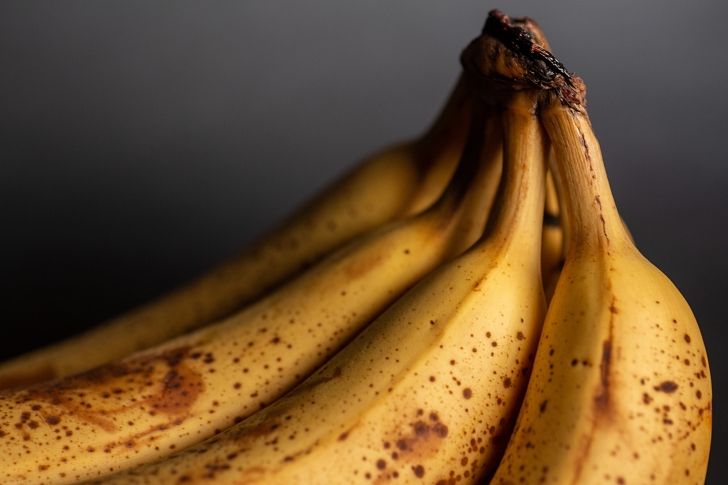
You can put ripened bananas in the fridge so that they stay that way for a few days. For bananas that have reached their brown, banana-bread phase of life you can freeze them for later use.










